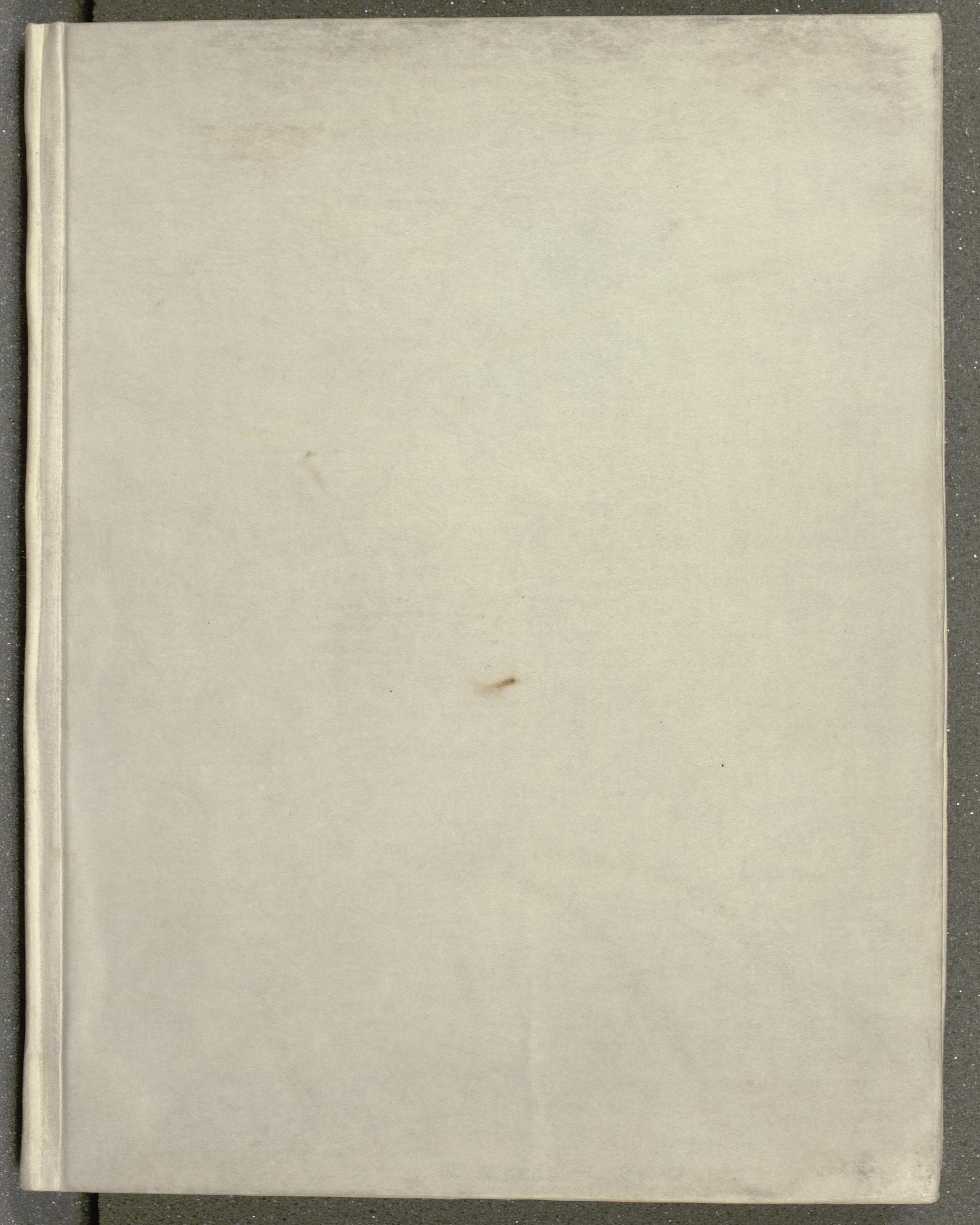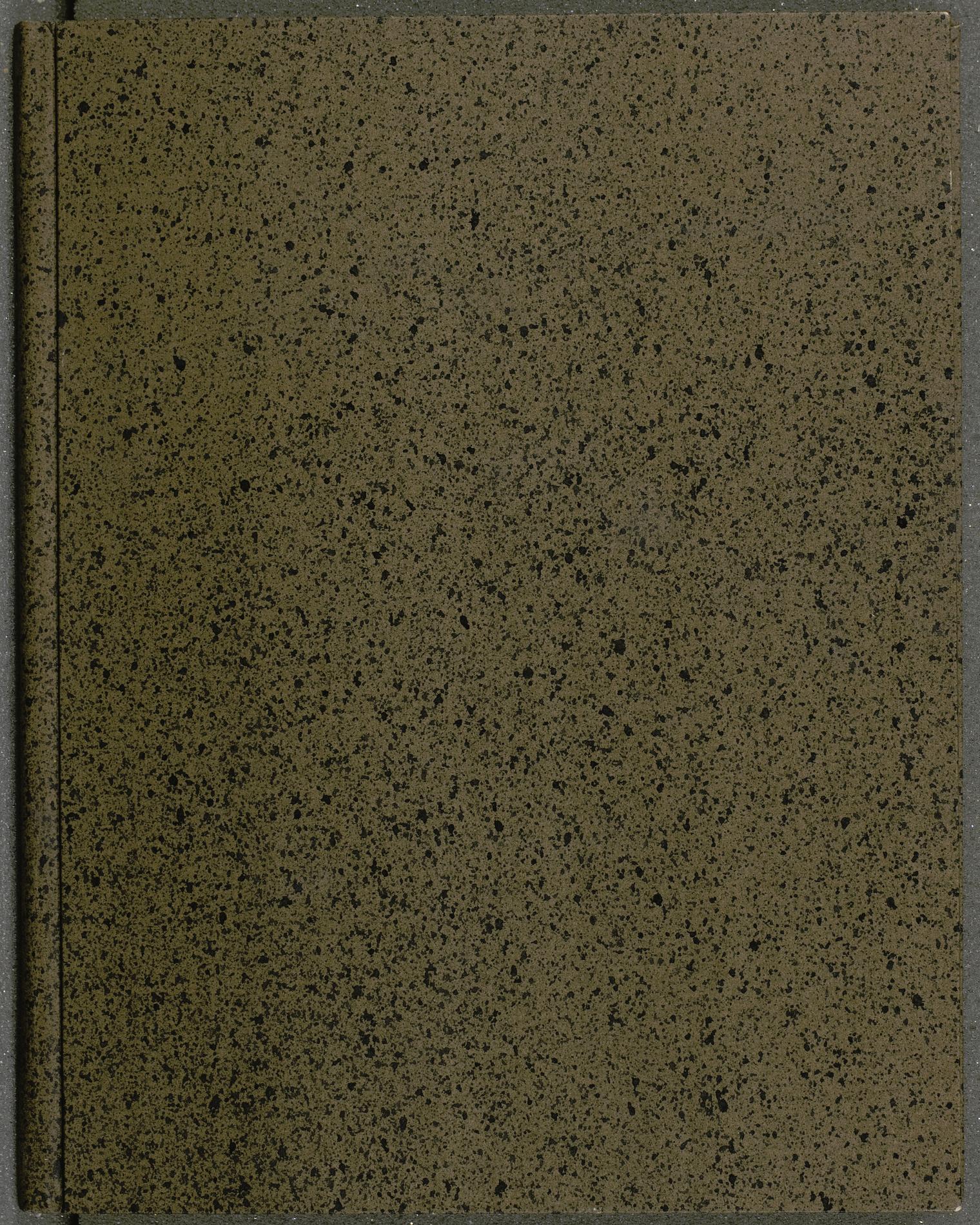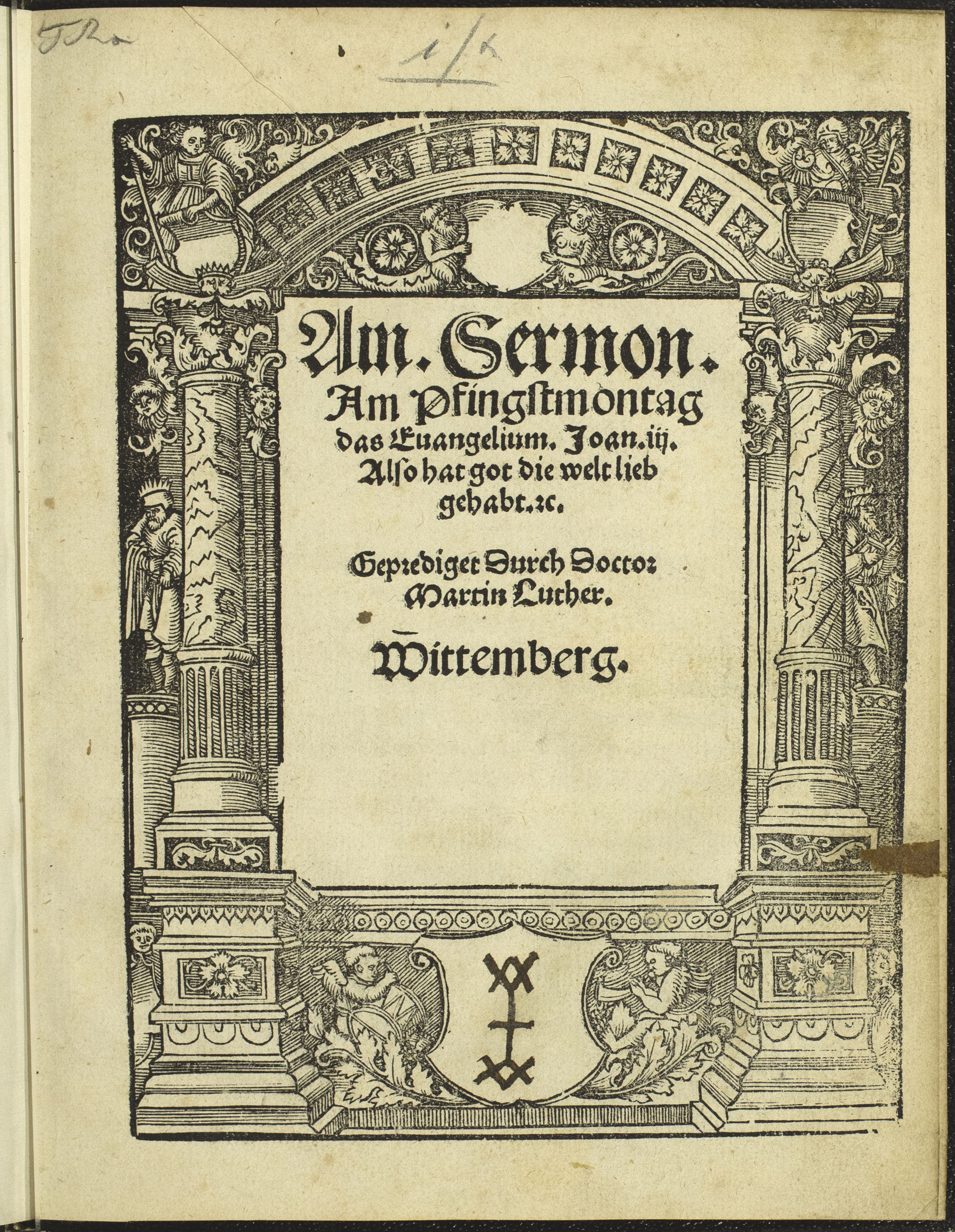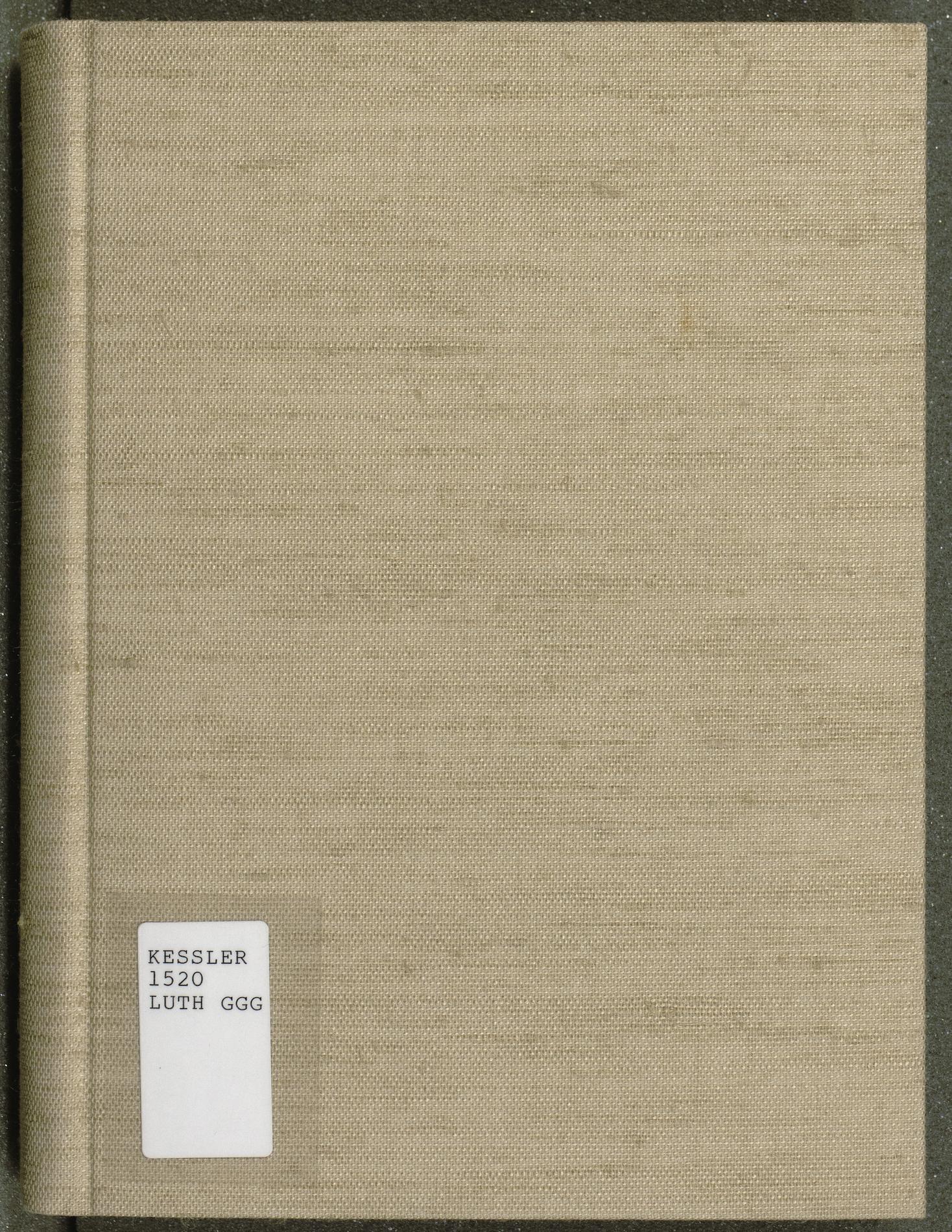How to Identify Counterfeits?


Contra Henricum regem Angliae
Summary: This is the second and much expanded edition of Luther's reply to Henry VIII's Assertion of the Seven Sacraments. Luther replies quite moderately (for him) to what he feels to be the King's unwarranted assertions on the Catholic Sacraments. This is the second printing of this edition.Colophon Clues
Because counterfeits were produced in several ways, there are different methods for identifying them. The easiest way is to flip to the back of the book. Sometimes printers included publication information on the title page, but just as often they printed publication info at the end of the book, in a space known as the colophon. A printer might falsely list Wittenberg on the title page, but list truthful information in the colophon.
Such is the case in a Kessler Collection copy of Luther’s Von Ehesachen, a short book about marriage. If only looking at the title page, a potential buyer might assume this was an original Wittenberg edition printed in 1530. However, if one were to flip to the end of the book, it clearly states that it was printed in Nuremberg.
Decorative Borders
Another way to identify counterfeits is by their decorative borders. One of Luther’s sermons in the Kessler Collection lists Wittenberg on the title page and has an ornate, architectural border. It has no other publication information. So how do we know this is a counterfeit book not published in Wittenberg? The same border was used in another book published only the year before. That book states it was printed in Augsburg by the printer Melchior Ramminger.
Initial Letters
Another method for identifying counterfeits requires you to dive deeper into the book. A copy of Luther’s reply to the English King Henry VIII states that it was printed in Wittenberg in 1522. There is no other publication information in the book and there is no decorative border on the title page. However, within the book there is a large initial “E” that begins the main text. This exact same initial was used in another of Luther’s books on the Ten Commandments and seven deadly sins. At the end it states that it was printed by Adam Petri in Basel, Switzerland. We can be quite certain he printed the counterfeit as well.



